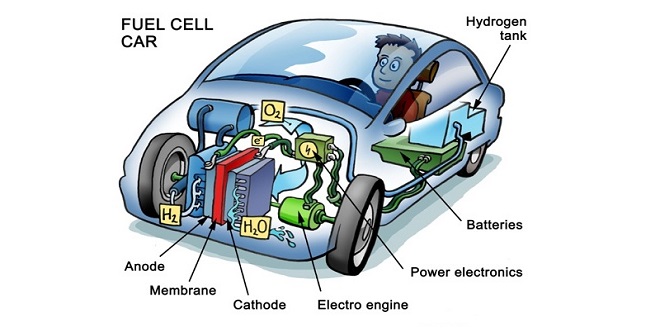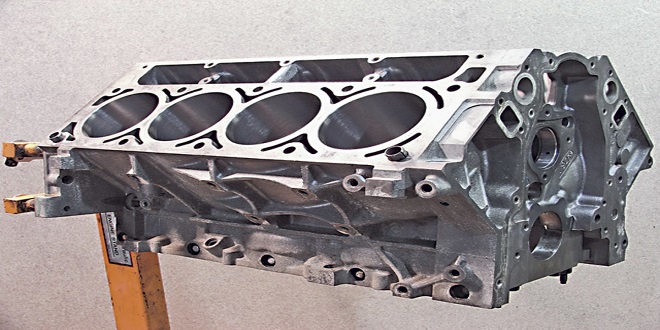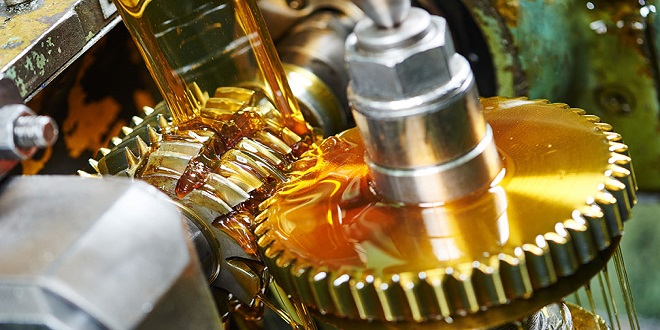Intercooling Air-to-air vs. Air-to-water

Introduction
Intercooler systems are used primarily in conjunction with a forced induction system, such as a supercharger or a turbocharger. The main purpose of an intercooler is to take the turbulent outgoing air from the forced induction device and cool down the air molecules before they enter the manifold. This adds to the power of the engine by allowing more air to enter the cylinder chamber, which also allows for more fuel, and therefore a greater force of expansion exerted on the piston.
Air-to-air vs. Air-to-water
There are two basic types of intercoolers applied currently on today’s automobiles, the air-to-air and air-to-water intercoolers. As implied by the names, an air-to-air intercooler cools the air flowing to the engine by transferring the heat from the incoming air to the outside ambient air; whereas the air-to-water transfers the heat from the incoming air to coolant, and then from the coolant to the outside ambient air.
Both when used properly can be advantageous, but in general, the air-to-air is the most common and best choice for the job.
Air-to-air
The air-to-air intercooler is the most common type of intercooler because it is the least expensive and simplest unit, as well as the most power-efficient system. It works by taking the exiting boost from either a supercharger or turbocharger and directing it into the intercooler where it flows through small tubes attached to fins and turbulators where the heat transfer takes place.
The heat transfer occurs by the transfer of heat from the internal airflow to the outside flow of air through the mesh of the intercooler. Finally, the cooled air exits from the intercooler and enters the induction manifold.
Water-to-air
There is one major disadvantage to the air-to-air intercooler, and that is that it takes up substantially more room than the water-to-air type, which can be a huge difference in today’s small compact automobiles where space is at a premium. This is accomplished because of the heat transfer ratio between water.
dramatically higher than the 1 to 1 in an air-to-air intercooler. The water-to-air has an additional advantage in drag racing applications over the air-to-air, in that if the coolant reservoir is filled with chilled water, the intercooler has the potential to become over 100 percent efficient, which will produce substantial gains in power. A water-to-air intercooler illustrated in Fig.
Works similarly to an air-to-air intercooler, except the heat transfer flow is reversed. This flow reversal is due to the water coolant actually running through the tubes making up the intercooler, whereas the air to be cooled was run through the internal tubes. In the water-to-air intercooler, the boost runs through the fins of the intercooler, where the heat transfer occurs between the water and the air. The water then takes the absorbed heat to a radiator to release the heat into the atmosphere.
Unfortunately, with the added systems needed in the water-to-air intercooler system, there is an additional power loss in the system besides the previously mentioned airflow losses, the loss from pumping the water through the system, which is a direct loss from the crankshaft of the engine.
Last word
The positioning of an intercooler is a critical part of the design of the system. If the system is not properly orientated in the automobile, the true gains will never be realized.
The intercooler needs to be positioned outside of the engine compartment in order to be positioned to have a flow of the outside ambient air, rather than the heated engine compartment air.





